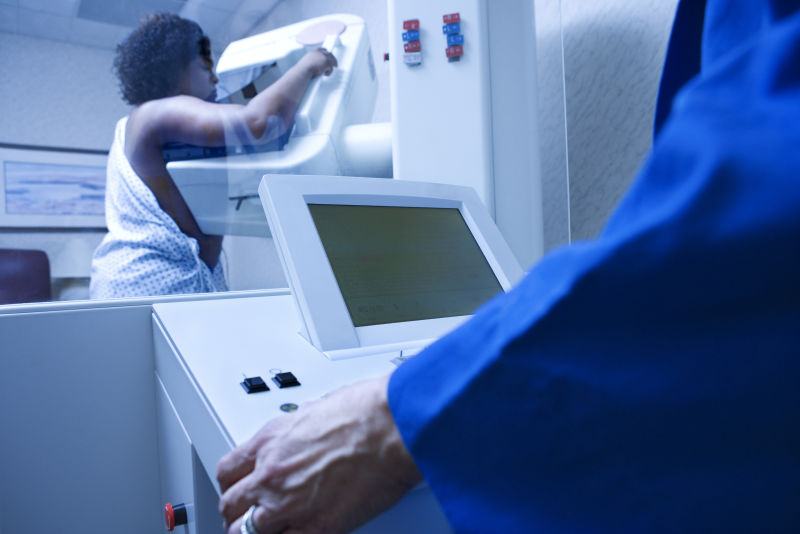While the cancer society's guidelines move closer to that of the task force that ignited a debate, the two organizations recommendations still differ:
- American Cancer Society -- ages 45-54 annual mammograms; age 55 and for as long as a woman is healthy -- and has a life expectancy of at least 10 years -- every other year
- U.S. Preventive Services Task Force -- mammograms every other year starting at age 50, until age 74. More research is needed, the group says, on potential benefits in women 75 and older
As the cancer society has moved toward less frequent screening, Rob Stein at NPR reports that some experts hope that it will reduce confusion in women:
"There really is not a single answer to the question: Should I have a mammogram?" says Nancy Keating, a professor of health care policy at Harvard Medical School and a physician at the Brigham & Women's Hospital.
"It really involves looking at each patient individually," she says, "thinking about their risk of developing breast cancer and thinking about the harms." She co-authored an editorial published with the new guidelines.
But it doesn't look like the new guidelines will end the debate. The American College of Radiology and the Society of Breast Imaging, for example, still recommend annual mammography beginning at age 40. Later, less frequent screening could be risky, they say.
"I am personally concerned as a woman and as a person heavily involved in breast cancer screening [that] there will be lives that we could save that will be lost," says Dr. Debra Monticciolo, a professor of radiology at Texas A&M Health Science Center College of Medicine. She chairs the radiology college's commission on breast imaging.
While most women grasp the benefit of cancer screening, the harms of mammograms are likely less well-known to the average patient. Denise Grady at the New York Times outlined the risk of "false positives," a finding on a mammogram which is suspicious, but only through additional testing, often including biopsies, can the finding be determined not to be cancer. From the Times:
A 2011 study cited in the article explaining the new [cancer society] guidelines found that 61 percent of women who had yearly mammograms starting at age 40 had at least one false positive by the time they were 50. Being tested every other year instead of every year can cut the false positive rate significantly, ... to about 42 percent from 61 percent.
Some women consider false positives a small price to pay for the chance of identifying a cancer early. Others find being called back for more tests too nerve-racking.
Another potential risk of mammography is overdiagnosis, meaning that some of the tiny cancers it finds might never progress or threaten the patient’s life. But because there is now no way to be sure which will turn dangerous, they are treated anyway.
The treatment can include surgery, radiation and chemotherapy.
In a statement, the San Francisco-based Breast Cancer Action, which has long advocated for changes in screening guidelines, said it welcomed the "long overdue step" by the cancer society.
“After years of relentlessly promoting annual mammography for women age 40 and older and overstating the benefits of early detection, the ACS is finally starting to follow the evidence on the limitations of routine breast cancer screening for women at average risk,” said Karuna Jaggar, executive director of Breast Cancer Action.
"The reality is tens of thousands of women each year would have been spared the harms of overtreatment if the ACS and other large cancer organizations had followed the evidence sooner," Jaggar said.
The cancer society says women ages 40-44 who wish to have mammograms should be informed of the test's risks and benefits.
The U.S. Preventive Services Task Force is in the process of updating its guidelines, especially for women in their 40s, and now says: "The decision to start screening mammography in women prior to age 50 years should be an individual one."
